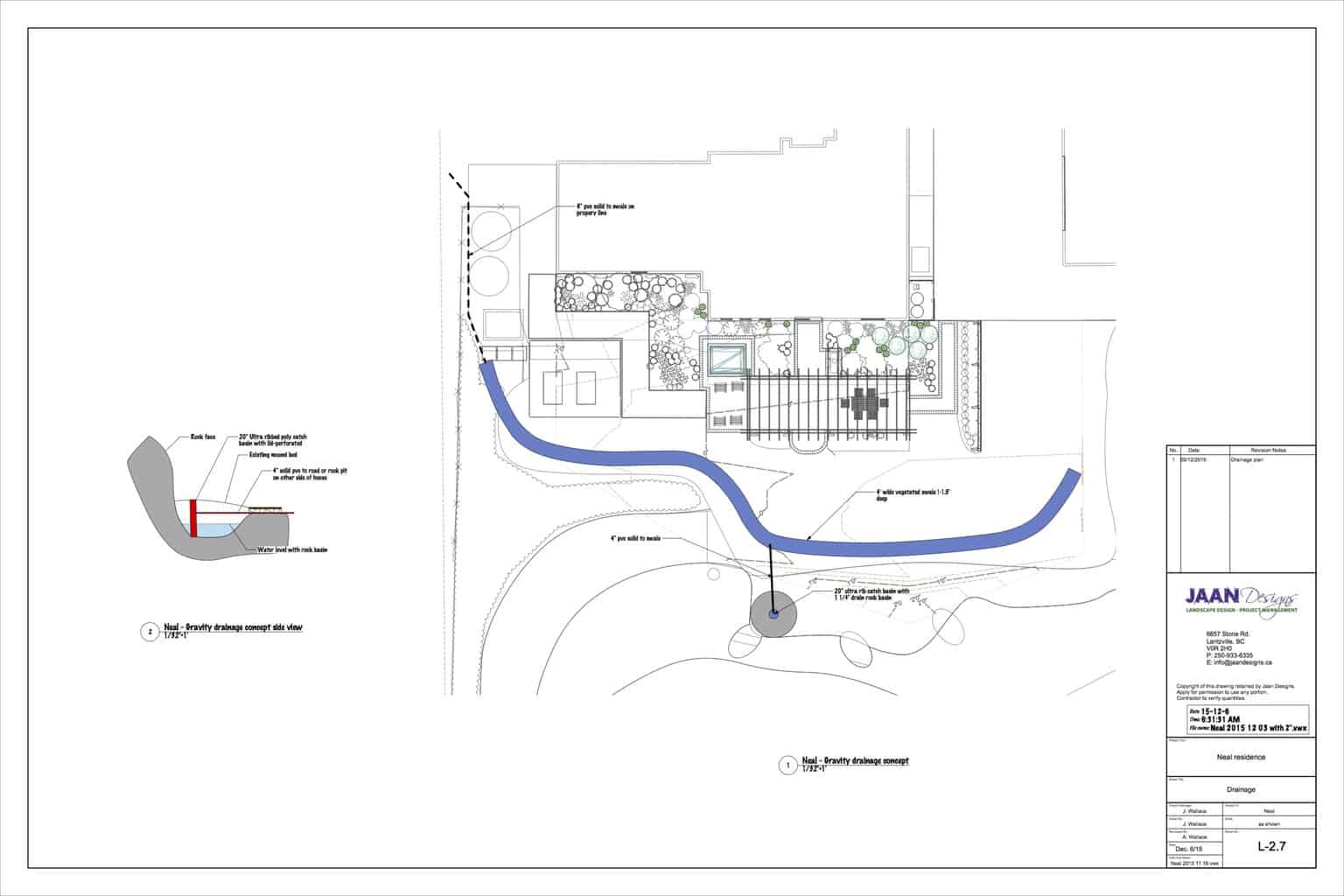
Regenerative Landscape Design on Vancouver Island
We use Permaculture design as part of our regenerative landscape design system. We use this in conjunction with the Regrarian platform when creating plans for our clients. A set of three ethics drives permaculture design:
- Earth care
- People care
- Return of surplus or often termed fair share
Permaculture Ethics
The practice of permaculture design is governed by three ethics.
1. Earth Care
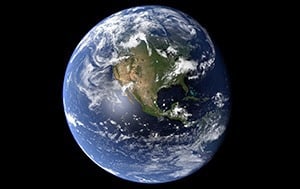
2. People Care
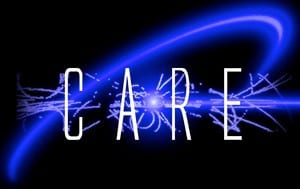
3. Return of surplus or as some have termed it “Fair Share”

This holistic approach to land design optimizes resources which are currently on your site and mimics natural patterns to create a very naturalistic and highly functioning design. An example of on an existing resource might be water flowing onto your property, often seen as a liability, this is a valuable resource that we can manage.
With our extensive award-winning landscape design experience, permaculture design is a natural and holistic extension. Imagine how your life would be if you were regularly eating food from your garden. We can design an abundant, easy to manage edible landscape which will increase your food security and provide you with hours of enjoyment. Your family will enjoy the improved levels of food density which typically come with permaculture practices, this, in turn, brings improved flavour and high nutritional benefits.
Food security is just one part of increasing a site resiliency, another equally important strategy is the use of passive water harvesting. Water coming off of any hard surface can be directed to and stored with your soils. When carefully designed, your landscape will have access to this stored water during the growing season. One of the primary objectives in any permaculture design is to slow down and calm the rain which falls or enters your property. Water transports nutrients as it moves through the landscape which again benefits all of your plantings. Using strategies such as storing water high in the landscape, you can have the option of gravity feed irrigation which reduces energy consumption.
Permaculture design requires one to thoroughly asses a site and take into account assets that are generally not considered in a typical landscape design. The landscape becomes integrated or intertwined as various parts of your landscape benefit and support one another. This system of stacking elements is one of the benefits of permaculture. It will build resilience into your landscape through diversity and creative use and placement of items which benefit and support one another.
Along with creating a diverse system permaculture practices are very energy efficient which means reduced labour and inputs are needed while allowing your landscape to keep a high aesthetic value.
What is Permaculture?
Permaculture is an integrated system of design, Mollison co-developed with David Holmgren, that encompasses not only agriculture, horticulture, architecture and ecology, but also economic systems, land access strategies and legal systems for businesses and communities.
In 1978, Mollison collaborated with David Holmgren, and they wrote a book called Permaculture One. Bill Mollison founded The Permaculture Institute in Tasmania and created a training system to train others under the umbrella of Permaculture. Bill Mollison’s developed a training system, train the trainer, and has taught thousands of people on how to educate others to live in harmony with their surroundings.
Here’s a free gift for you:
Eight Questions To Ask Your Next Landscaping Company To Protect Yourself From An Unpleasant Experience (And Make Sure You Don’t Need To Leave a Bad Google Review Of Your Own) + The Only Answers You Should Accept
Edible Landscape Design
Landscapes are a collection of hard (patios, walls, etc.) and soft (lawn, gardens) features. When placing soft landscape elements on a design, it’s much like the icing a cake. The plants are used to tie it all together. A variety of foliage types, flowers, various layers (trees, shrubs, perennials, vines, ground covers) are used to create an aesthetically pleasing display.
Our experience shows that a high level of aesthetic value is achieved whether the plants used are ornamental, medicinal or edible. Why would you not consider plants which can provide you with a yield?
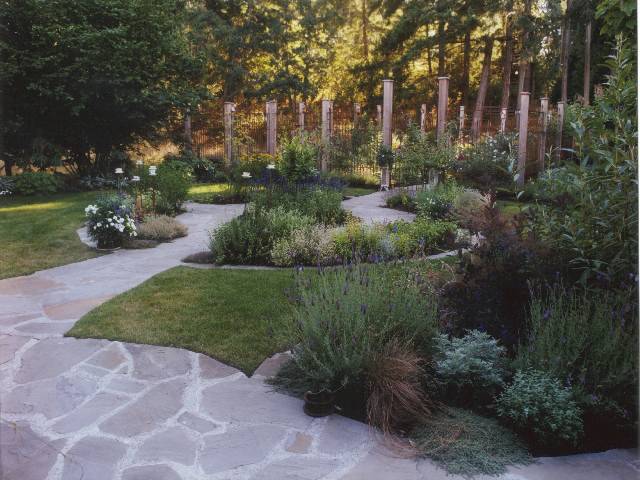
Holistic Land Design System
‘Consciously designed landscapes which mimic the patterns and relationships found in nature, while yielding an abundance of food, fibre and energy for provision of local needs.’ – David Holmgren
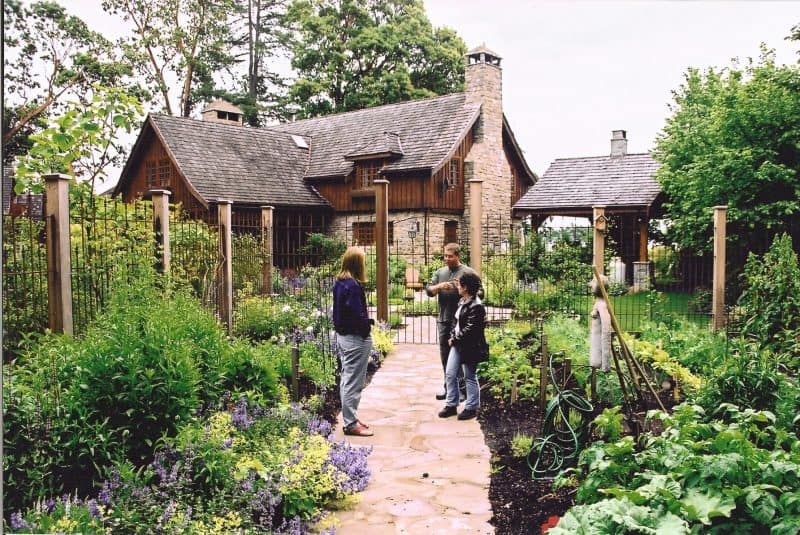

“Permaculture is a sustainable design system stressing the harmonious interrelationship of humans, plants, animals and the Earth. The core of permaculture is design and the working relationships and connections between all things. Permaculture is a philosophy of working with, rather than against nature; of protracted and thoughtful observation rather than protracted and thoughtless labor; and of looking at plants and animals in all their functions, rather than treating any area as a single product system.” – Bill Mollison
Our Regenerative Landscape Design and Construction Projects
Step one:
Schedule a time to discuss your project
Step two:
We come out to meet with you, walk your property and discuss your sites potential

Step three:
We present a proposal for your permaculture design
